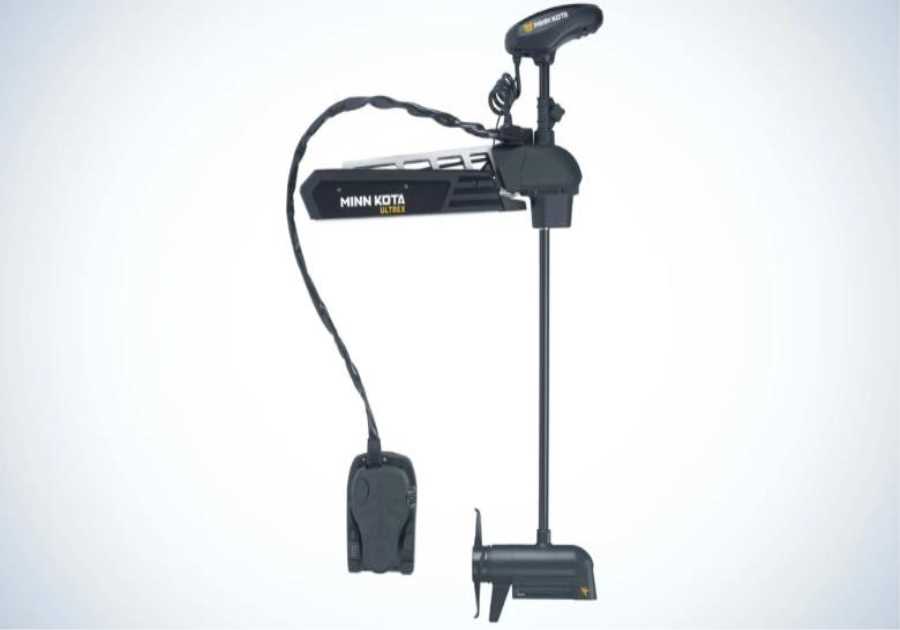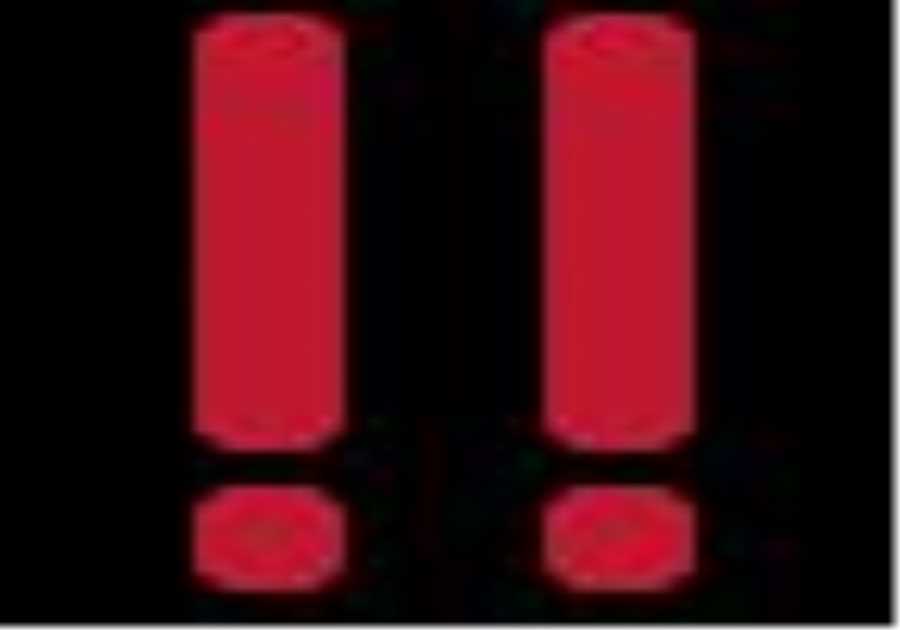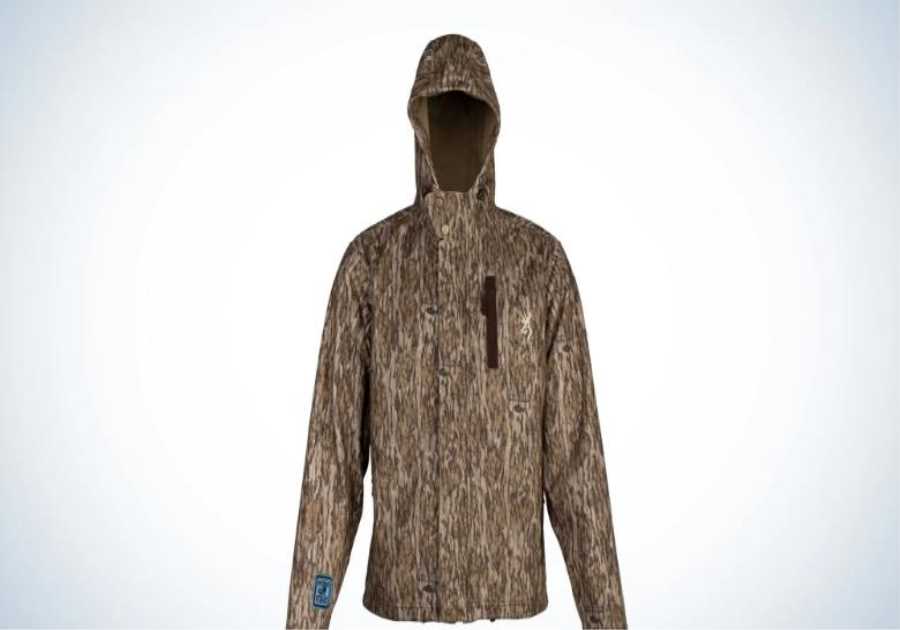||
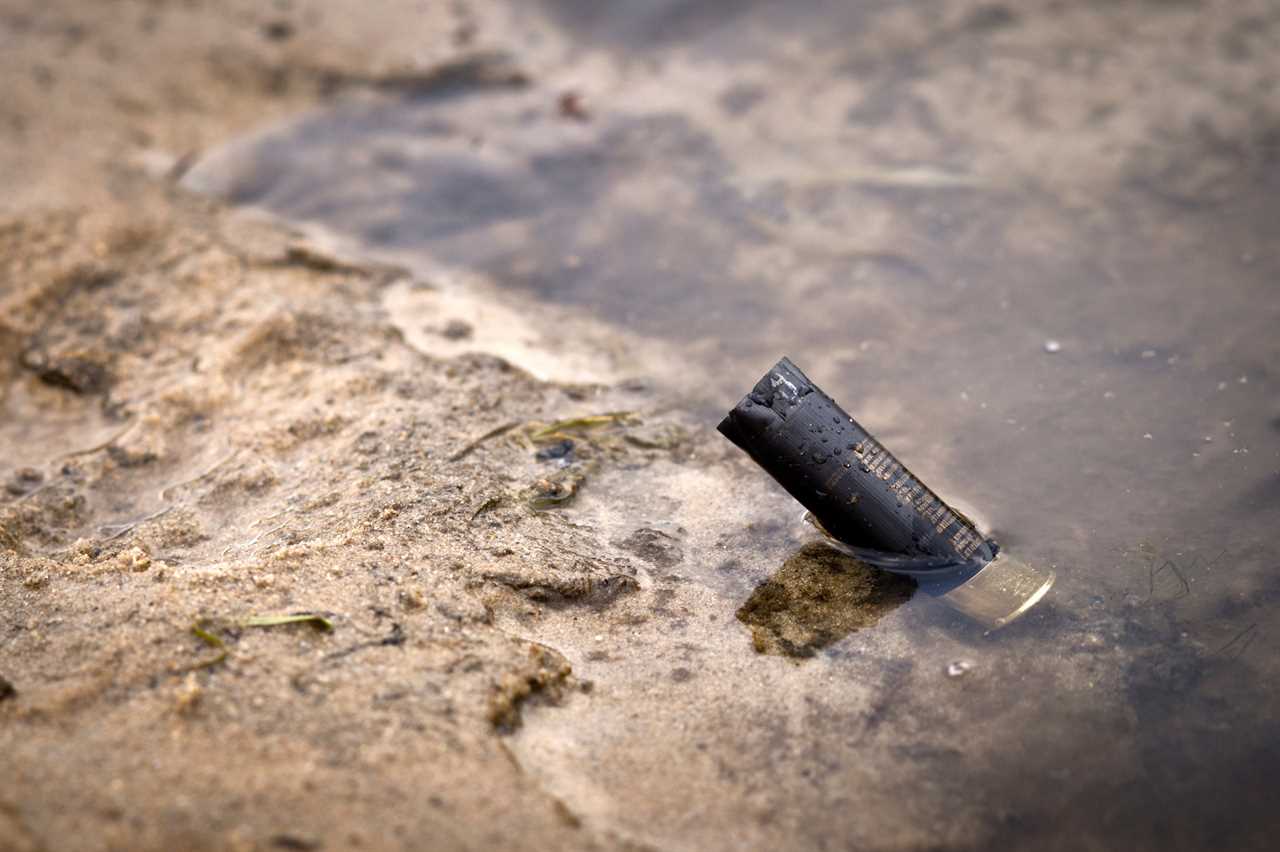
Steel shot is here to stay. Despite its tarnished (and undeserved) reputation and the popularity of other nontoxic pellets types, steel shot has emerged as the number-one selling nontoxic shot type worldwide. It has also become the least expensive of all pellet choices—and that includes lead shot. All of this has been aided by shotgun manufacturers who learned to make choke systems that can withstand the stresses of hard shot like steel and tungsten composite, rather than just soft shot like lead or bismuth. This has eliminated barrel damage concerns for most shotguns, old and new.
Still, there are folks who argue that steel shot doesn’t kill game birds effectively. I’ve got the field data that say otherwise.
Testing Shot Material on Wild Birds
I was involved in research that consisted of 13 nontoxic shot types in double-blind U.S. field tests. Data was published in peer-reviewed professional journals or was delivered to wildlife agencies and hunter organizations worldwide. I also did testing for ammunition manufacturers Remington, Environ-Metal, and Winchester. My responsibility was to co-design, direct, conduct, and author the reports of the results measured. That work occurred over a 40-year period and continues today. Nothing I am going to report here is mere opinion. It is all proven fact via objectively derived, controlled testing on wild birds and based on statistically sound sample sizes. Much of it involved volunteer participation by thousands of U.S. hunters.
The research involved taking X-rays and necropsies of some 26,000 North American ducks, geese, pheasants, doves, quail, and turkeys to study pellet penetration and striking phenomena. This resulted in the world’s largest lethality data base on lead and nontoxic shotshell ammunition performance on wild game birds. It also involved the destructive testing of dozens of shotguns and the pattern testing of 25,000-plus rounds of shotgun ammunition.
So what have we learned from all this testing? Let’s look at an overview of the results.
Steel Shot Did Not Produce Higher Wounding Losses
In field tests with regular hunters, steel shot did not prove to produce higher wounding losses than lead shot—as is commonly touted by the steel-shot haters. As a gross generalization, the test results thus far have found that on ducks from 30 to 50 yards, for example, steel and lead shot produced about a 34-percent wounding rate per 100 birds bagged. In comparison, tungsten-composite shot produced about a 27-percent wounding rate, and unbuffered bismuth shot produced about a 42-percent wounding rate.
Hunters shooting steel did require more shells to bag their birds (ducks, geese, pheasants and doves) than with lead loads. That’s because the hunters missed significantly more with the steel loads than with the lead loads tested.
This is likely because steel and all hard tungsten-composite pellet types produce a significantly shorter and narrower shot string than lead or bismuth shot. This demands more precise shooting because, unlike lead and bismuth, all current hard nontoxic shot possess rounder pellets to begin with, which do not deform during shell-firing and barrel passage. Shot patterns are directly proportional to how consistently round a load’s pellets are when they exit the muzzle.
It’s important to note that, because this was a double-blind study, neither the hunters nor the observers knew which shot type or load was being fired. Rather than using a load’s real name and shot type for the study, shells were assigned code names so even the data crunchers didn’t know which pellet type was involved. In other words, tese tests were rigorously objective.
Matching Shot Size to Species
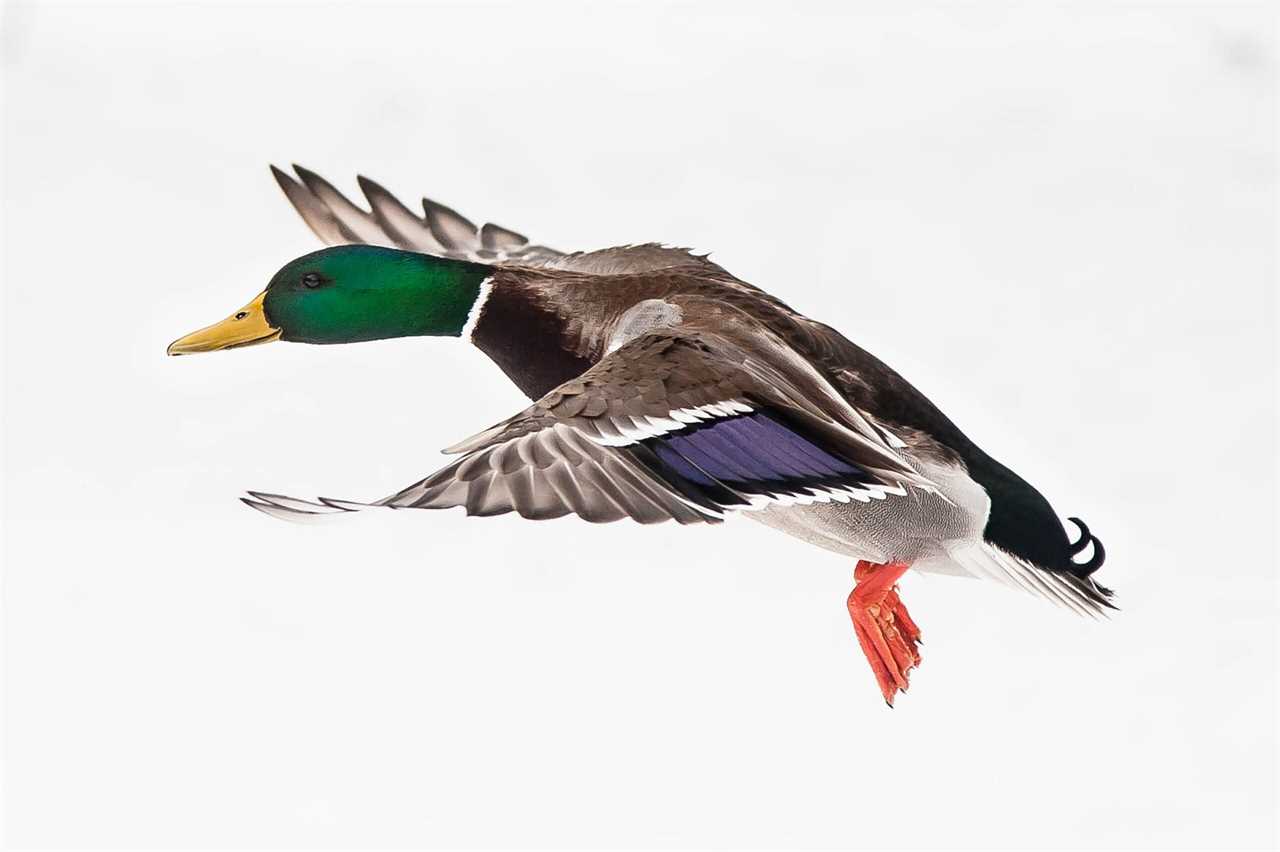
Which loads and shot sizes proved the best by bird type? All reasonable shot sizes were tested: No. 7.5s to T’s depending on the targeted birds. Across all distances, the findings revealed that size No. 2 steel, No. 3 bismuth, and No. 4 for all the tungsten-composite pellets were the most lethal for large ducks (meaning dead or immobile within 30 seconds of one round striking). One smaller pellet size in each load was a close second on big ducks, and proved most lethal for medium-sized ducks. For large Canada geese, BBB steel, No. 2 tungsten, and BB bismuth proved most lethal. For medium geese (snows and whitefronts), BB steel, No. 1 bismuth, and No. 2 or No. 4 tungsten were the most lethal loads.
Pheasants, which are about the same size as large ducks, proved much harder to kill than many hunters would expect. No. 2 steel, No. 3 bismuth, and No. 4 or No. 5 tungsten composite pellets were required to produce the same killing performance on pheasants as large ducks. Necropsies revealed this had mainly to do with the angle of shots and tissues that have to be penetrated given the shot presentation pheasants provide compared to most duck. With doves and quail in a Texas dove field test, No. 6 and No. 7 steel proved equally as effective as No. 7.5 lead. No. 7 steel and No. 8 lead proved most lethal on quail. Neither bismuth nor tungsten-based shot was tested on doves or quail. Thus far in the study, only lead and steel shot have been tested for taking turkeys. Assuming turkey head/neck shots, No. 4 steel and No. 5 lead proved most effective.
Match Load Weight to Species
Load weight analysis indicated that for ducks and pheasants a minimum of one oz. of steel, 1-1/8 oz. of bismuth and tungsten-based shot were needed regardless of gauge for the highest lethality rate. For geese and turkeys it was 1¼ oz.; for doves 7/8 oz. and ¾ oz. for quail.
The tungsten composite pellets tested—HEVI-Shot, HW 13, two different 13 g/cc to 15 g/cc density tungsten composite pellets sold for reloading, and 18 g/cc density TSS—proved more effective than steel or bismuth shot for taking birds beyond 40 yard distances.
Minimum Pattern Density Makes Choke Selection and Ranging Critical
Extensive pattern testing of all the loads involved in the taking of the birds produced some valuable minimum patterning requirements at all distances. In other words there’s a minimum threshold of pellet strikes within a 30-inch circle for lethality. These details are summarized in my copyrighted Nontoxic Shot Lethality Table which by permission accompanies this article.
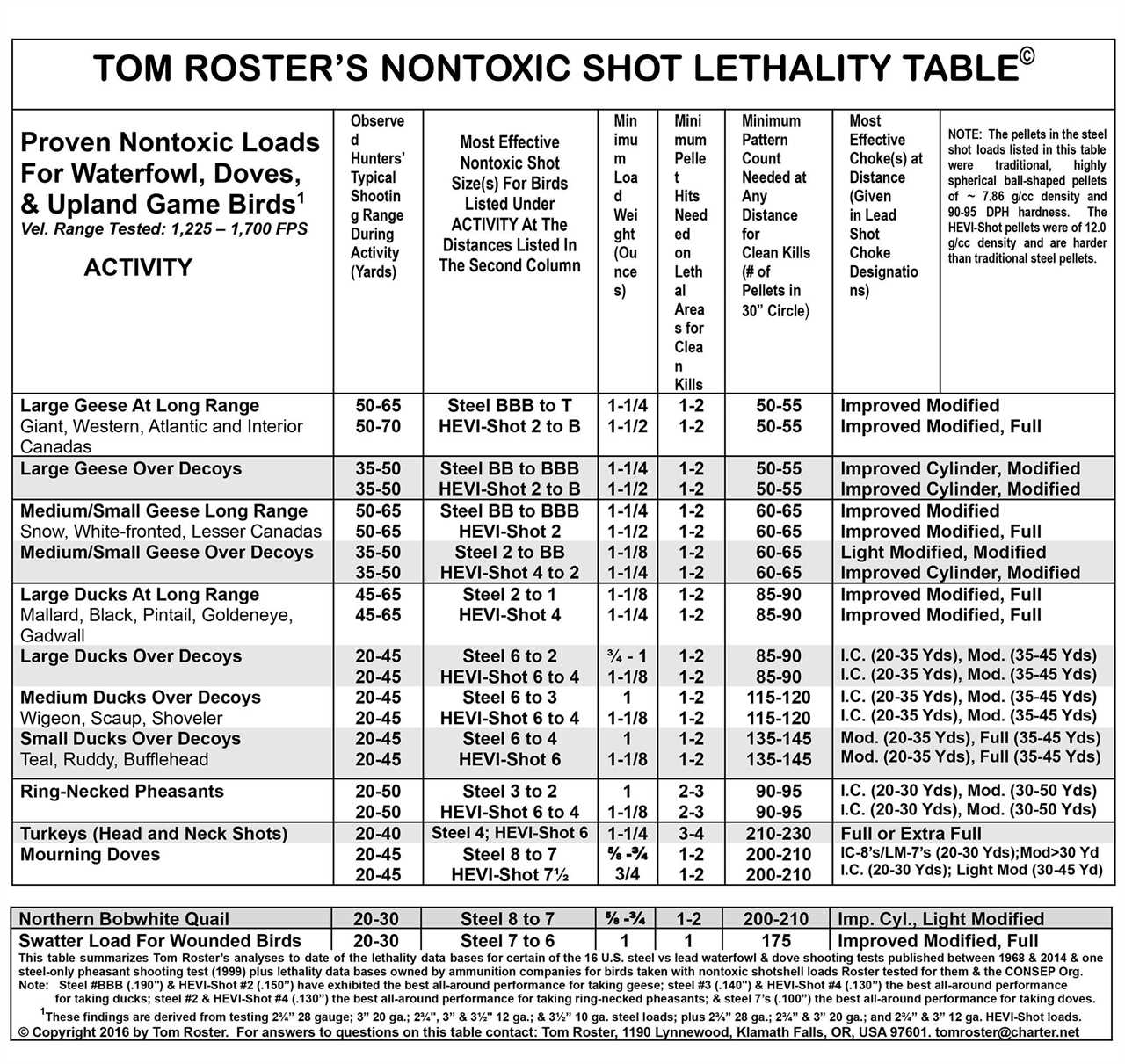
You will note in my table that Improved/Modified and Full chokes proved needed for required pattern densities at longer range with nontoxic shot just as with lead. Do not believe the oversimplified misinformation that hunters should be employing only Improved Cylinder and Modified chokes when shooting the hard nontoxic shot types. Open chokes result in inadequate pattern densities beyond 40 yards with all shot types. And if tighter chokes than Modified in the choke system in your shotgun are warned against by the manufacturer when shooting steel and the hard tungsten pellets, you simply only need to buy after-market chokes in the tighter constrictions that are advertised as hard-shot compatible and will thread into your shotgun’s choke system.
Increasing Velocity Does Not Increase Lethality
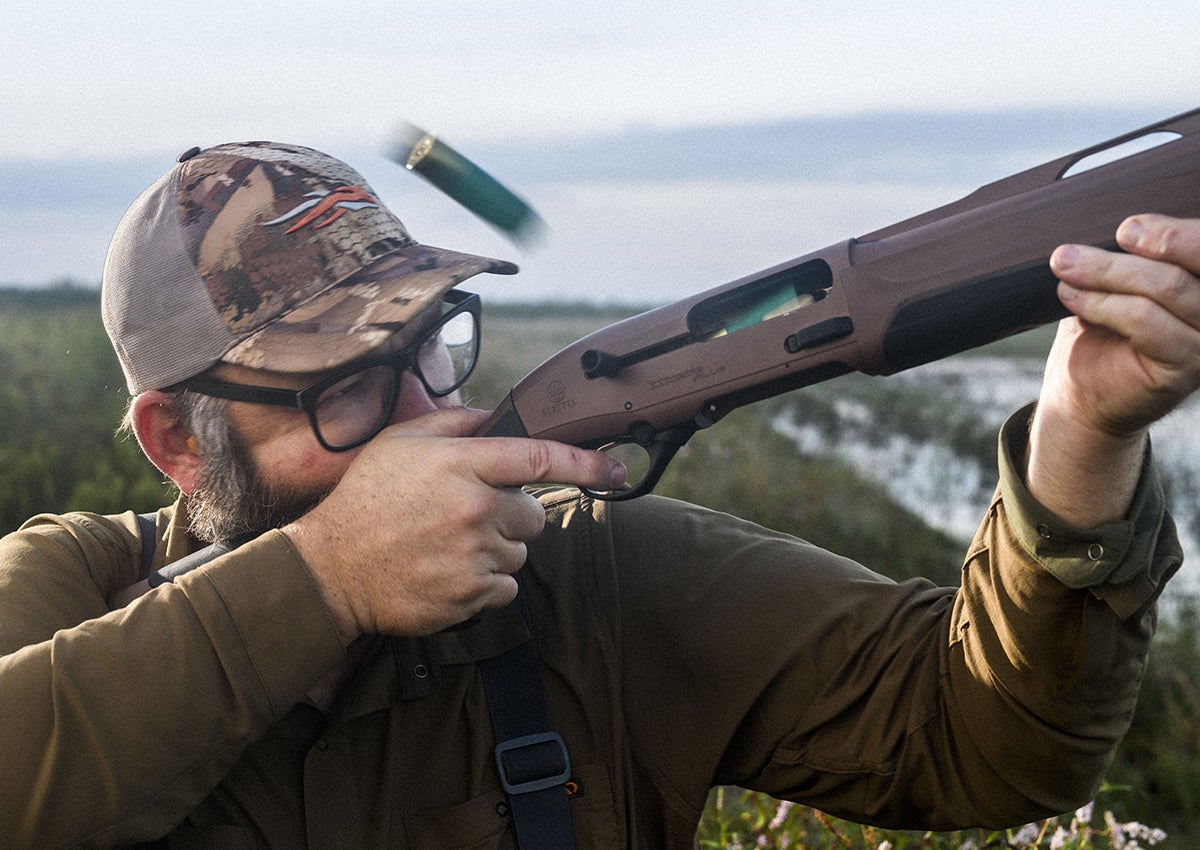
What about load velocity? Velocity vs. lethality was tested from 1225 fps to 1600 fps. Despite the trend these days for many factory nontoxic loads to possess ultra-high velocity levels (above 1400 fps), no improvement in lethality was found on the game birds targeted for loads with velocities above 1400 fps. What was measured was a significant increase in recoil and degradation of patterning performance with such high velocity levels for all shot types tested. So this rigorous empirical testing on wild birds indicates clearly that bird hunters will do just as well if not better with modest velocity levels of 1250 to 1400 fps with all shot types and there is little to no ballistic improvement or lethality to be gained by going higher. Remember that recoil related stresses to your shotgun and radial strain to your chokes goes up exponentially with velocity.
READ NEXT: Are Duck Hunters Really Losing 1 in 5 Birds? Here’s How We Can Do Better
Final Thoughts on Steel Shot Lethality
There is a ton of objective science–based nontoxic shot performance plus barrel damage testing info that’s been published. For example, “A Comparison of Lead and Steel Shot Loads for Harvesting Mourning Doves.” Also, my nontoxic shot table is published on the websites of some 30 state wildlife agencies (try ND, SD, MT and TX as examples) and hunter organizations worldwide. Abandon rumor and hearsay and internet forum discussions about nontoxic shot. Your confidence and success afield will improve markedly.
Tom Roster is an independent ballistics consultant and author specializing in the design and testing of shotshells. He is a court-recognized shotshell and shotgun expert witness with patents on shotshell components especially for nontoxic shot. Tom was formerly the Ballistics Research Director at the Oregon Institute of Technology, and then served as a Ballistics Specialist for the Dept. of the Interior. In these capacities he conducted empirical shotshell and shotgun-performance research and trained thousands of law-enforcement and wildlife personnel worldwide in shotshell exterior and terminal ballistics phenomena. Tom designed, administered and co-authored the peer-reviewed scientific reports of the world’s six most extensive lead-versus-nontoxic-shot duck, goose, pheasant and dove shooting tests ever conducted. E-mail Tom at [email protected].
The post Is Steel Shot Effective? Here’s What the Data Say After Decades of Testing appeared first on Outdoor Life.
Articles may contain affiliate links which enable us to share in the revenue of any purchases made.
||-------------------------------------
By: Tom Roster
Title: Is Steel Shot Effective? Here’s What the Data Say After Decades of Testing
Sourced From: www.outdoorlife.com/guns/steel-shot-lethality-testing/
Published Date: Wed, 22 Feb 2023 21:30:00 +0000
Did you miss our previous article...
https://playeverysport.com/recreational-sports/photo-of-the-day-by-david-connel
.png)

